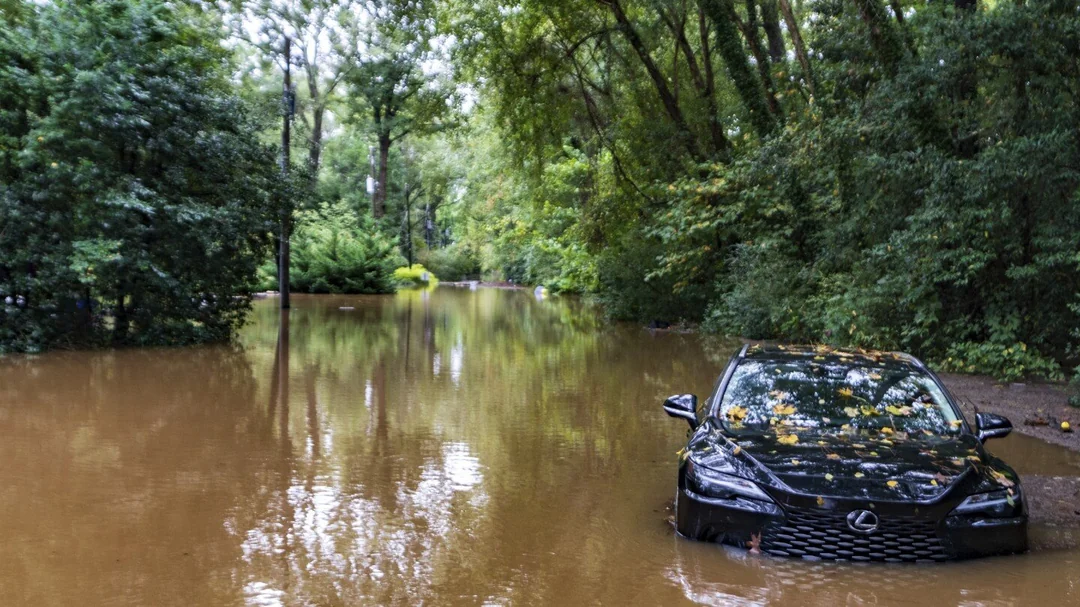- Battery and Electrical System Protection
- The battery packs in EVs are housed in watertight enclosures, reducing the risk of immediate short-circuiting.
- Many EV manufacturers follow IP (Ingress Protection) ratings, ensuring their vehicles can handle water exposure up to a certain depth for a limited time.
- Some EVs are better equipped for water resistance than others. For example, the Tesla Model S has been seen floating temporarily in deep water due to its sealed undercarriage.
- Potential Hazards
- Short Circuits: Although well-sealed, if water manages to seep into an EV’s electrical system over time, it can cause malfunctions or even total system failure.
- Corrosion: Even if an EV survives a flood, water exposure can lead to long-term corrosion in connectors, wiring, and battery components, which can be costly to repair.
- Thermal Runaway (Battery Fire Risk): While rare, if water damages a lithium-ion battery’s protective layers, it could lead to thermal runaway—a condition where the battery overheats and potentially catches fire. However, modern EVs have multiple failsafe mechanisms to prevent this.
- Water Inside the Cabin
- EVs don’t have traditional air intakes or exhaust systems, making them less susceptible to hydrolocking (a common issue in gasoline engines).
- However, floodwater can still seep into the interior, damaging sensitive electronics, infotainment systems, and sensors.
Are Electric Cars Safer Than Gas Cars in a Flood?
In some ways, yes. Unlike gasoline cars, EVs don’t have air intakes that can get flooded, and they lack a traditional fuel system that could cause leaks. Additionally, since their electrical systems are designed to shut down in case of damage, the risk of electrocution is minimal.
However, once an EV has been submerged in water, it should not be restarted until properly inspected by a professional. Water can damage various components, even if the car appears functional.
What to Do if Your EV Encounters a Flood
If your electric car is caught in a flood, follow these steps:
- Do Not Attempt to Drive Through Deep Water
- Water levels above the battery compartment (usually located under the floor) pose a risk of electrical damage.
- Avoid driving in water deeper than what your vehicle is rated for.
- Disconnect the Power (If Possible)
- If an EV has been partially submerged, do not attempt to turn it on. Water damage may cause unexpected electrical faults.
- Have the Vehicle Inspected
- A certified technician should check for water intrusion in the battery pack and electrical system.
- Even if the car seems fine, corrosion may develop over time, leading to costly repairs.
- Check for Insurance Coverage
- Many comprehensive auto insurance policies cover flood damage, but coverage terms may vary.
- If your EV has been flooded, document the damage and contact your insurer as soon as possible.
Conclusion
Electric cars are well-protected against water exposure, but like all vehicles, they are not flood-proof. Their advanced safety systems help minimize risks, but prolonged submersion can still cause battery damage, corrosion, or system failure. If your EV has been in a flood, it’s essential to have it inspected by professionals before attempting to drive it again.
While EV technology continues to improve, it’s always best to avoid driving through flooded areas—regardless of whether you own an electric or gasoline-powered vehicle.

Leave a Reply